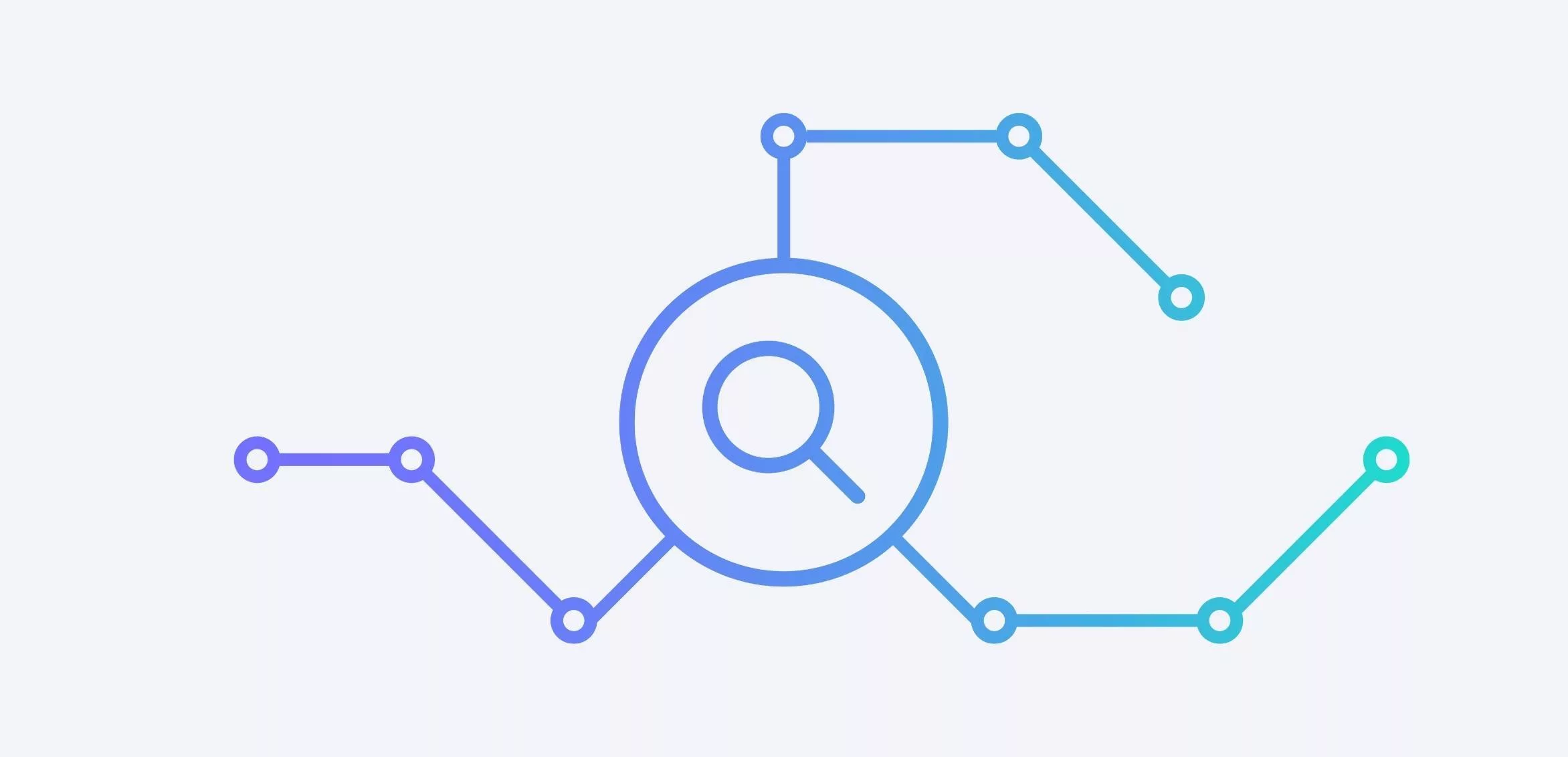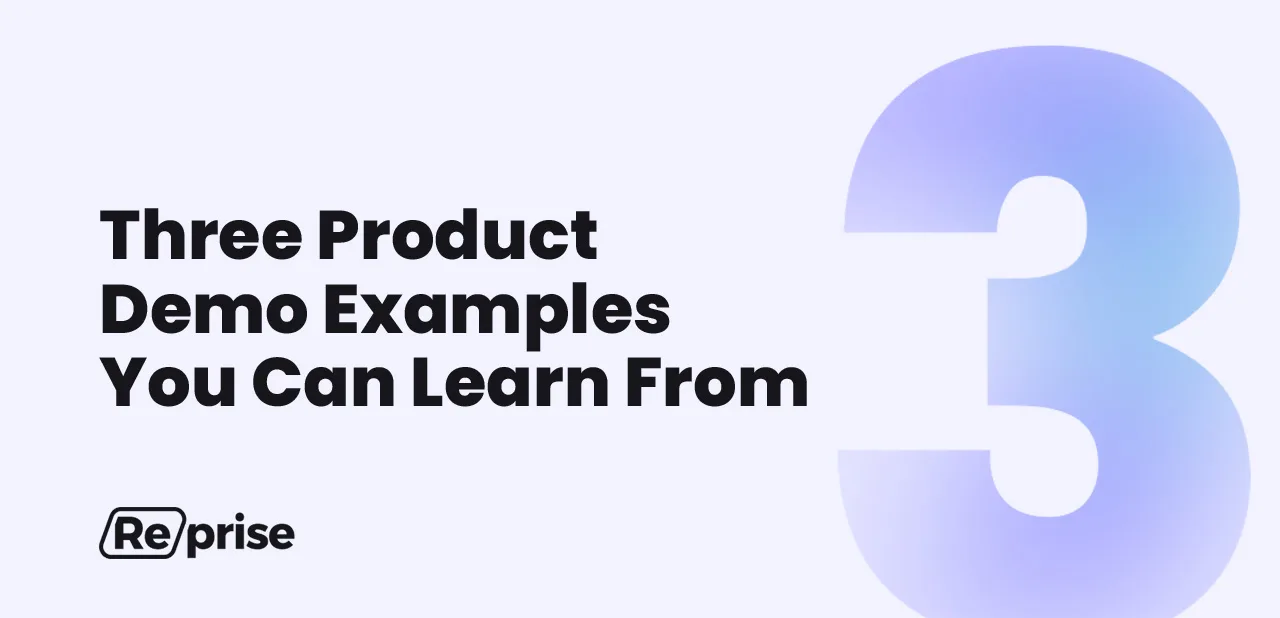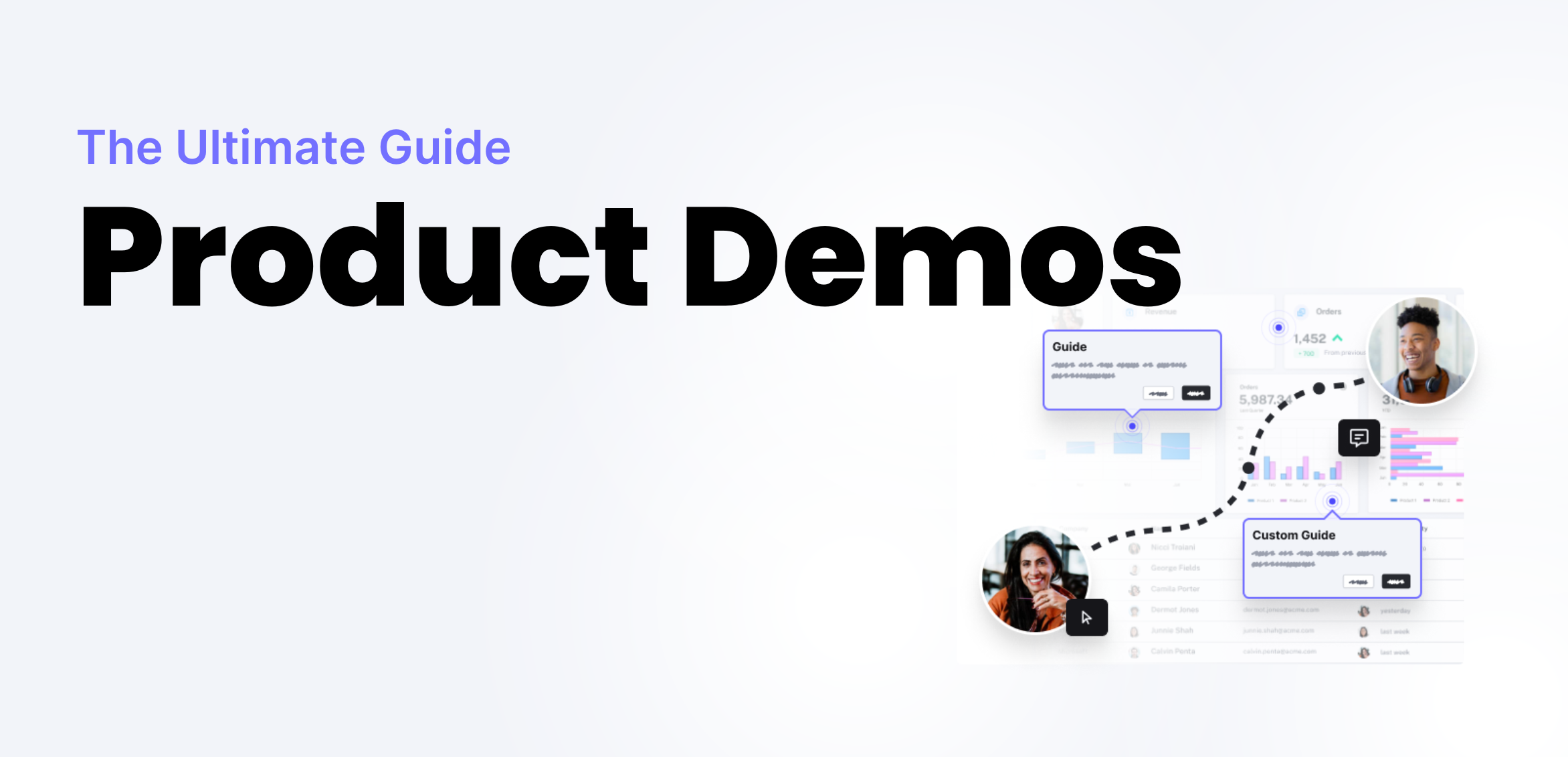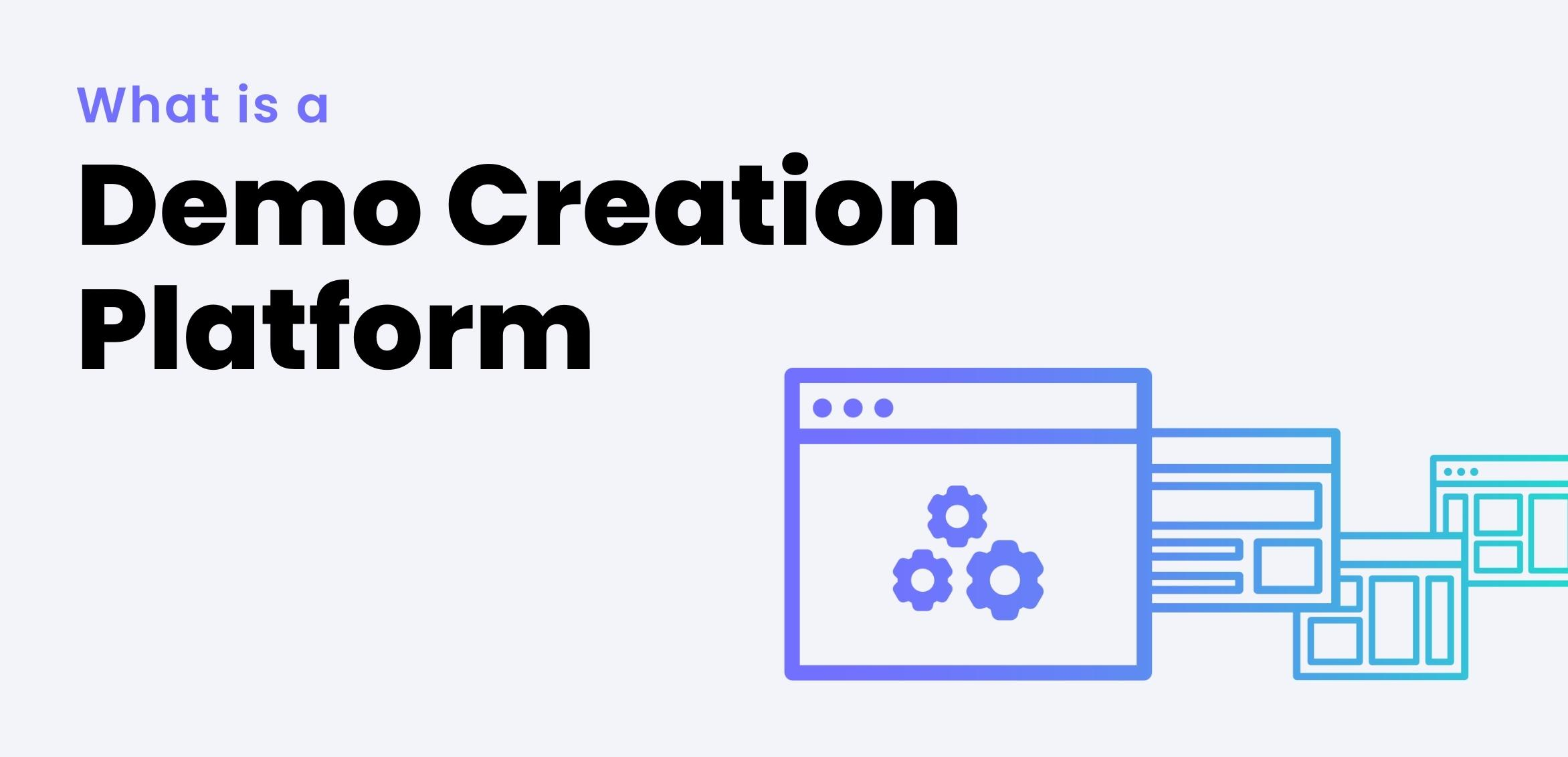The Discovery Process is Changing: 3 Ways AEs and SEs Can Pivot

The traditional discovery process feels like a roadblock to your buyers, something standing in the way of what they really want—immediate access to your product.
Your buyers want to do technical discovery earlier in their journey without having to answer general discovery questions first. They want to get a feel for your product, then decide if it’s worth their time to speak with you.
But Account Executives (AEs) and Solutions Engineers (SEs) rely on the intelligence gathered during traditional discovery. They want to know their buyer’s needs and pains so they can bring them closer to the point of purchase, faster.
So how can AEs and SEs adapt their discovery process so that it is a win-win for both seller and buyer? How can they help buyers start with technical discovery, while still gathering the traditional discovery intelligence they need?
We’ve got a few ideas. Here are 3 pivots that will ensure discovery remains a win-win for you and your buyer.
Merge demos and discovery.
AEs might feel more confident moving forward after a discovery call, but buyers don’t see the value – why should they have to answer a whole bunch of questions just to get a look at what you sell?
Just because buyers won’t show up for discovery calls doesn’t mean there’s no way to qualify deals or gather information about early-stage buyers’ pain points.
Today’s buyers are willing to get onto a call if it means they get to see a demo of your product. Use that to your advantage! AEs can bring discovery and demo together by bringing a demo with a sandbox environment to calls early in the sales cycle.
But make sure that you bring a demo you’ll feel comfortable navigating as you ask discovery questions. It’s hard to simultaneously conduct discovery questions and give a product walkthrough if you’re using an unstable production environment that might crash at any moment.
Demo creation platforms allow SEs to easily and quickly capture the full functionality of their product and produce reliable sandbox demos for their AEs. Sales teams can ask discovery questions like, “What feature would be most helpful to you?” and then navigate directly to that feature when the buyer answers—without worrying about errors.
Buyers get the product exploration they want, and AEs and SEs still get to gather discovery data.
Don’t bring SEs to every disco/demo call.
SEs know all too well the waste of time that happens when they’re pulled into the sales process too early. There’s nothing worse than wasting advanced technical resources clicking through a demo for a prospect who is clearly unqualified or a poor fit.
But now that you’ve merged the demo with the initial discovery, AEs need to pull their SEs into every disco/demo, right? Nope.
SEs that work with demo software can easily pre-create demos for their AEs to independently share with prospects on their first sales call. They can customize demos for various vertical markets, use cases, and shorten a new buyer’s time-to-value.
Some of these platforms make it so easy to personalize these pre-made demos that non-technical AEs can change out variables on their own, quickly swapping logos, graphics, and data for their prospects before discovery demo calls.
It may sound scary to give AEs access to your carefully crafted demo, but with the right platform, you’ll still have control. For example, with Reprise, SEs can decide which variables their AEs have access to by setting user permissions. This way, SEs can standardize the demo flow to ensure that a consistent story is told on every call while still allowing for personalization.
Better yet, with a demo platform, SEs can create a demo library — a collection of interactive, self-guided demos showcasing various features, functions, and use cases of your product.
The product demos in the library could be centered around:
- New or complex features
- One or more buyer personas
- A specific use case
- FAQs
- Apps & Integrations
- Analytics
By creating these stable, scaleable, and reusable product demos, SEs can give their AEs the interactive assets they need to merge demo and discovery — without needing to be on the call.
AEs and SEs as true partners.
With the shifts in the buying process, the relationship between AEs and SEs is more crucial than ever. Sales is a team sport – everyone involved must align closely, share information regularly, and prepare for the most important meetings together to increase their effectiveness.
Check-ins need to happen regularly so AEs and SEs can discuss the state of the sales pipeline, share new trends, prepare for upcoming meetings, and debrief on past meetings.
If your team uses demo creation software to give buyers a gated copy of the live sales demo or a guided demo as a leave-behind, these meetings can also be an excellent opportunity to review acquired demo usage data.
Individual SEs can set up these meetings with their AEs, but presales organizations should also work as a whole to build those bonds with sales and make those meetings part of the standard operating process.
And since both sides are working towards the same goal – making the sale, and making their company successful – it’s simply a matter of making it easier for the teams to work together seamlessly.
Are you ready to pivot your approach to the discovery process? A great first step is to empower your go-to-market teams with a no-code demo creation platform today!





